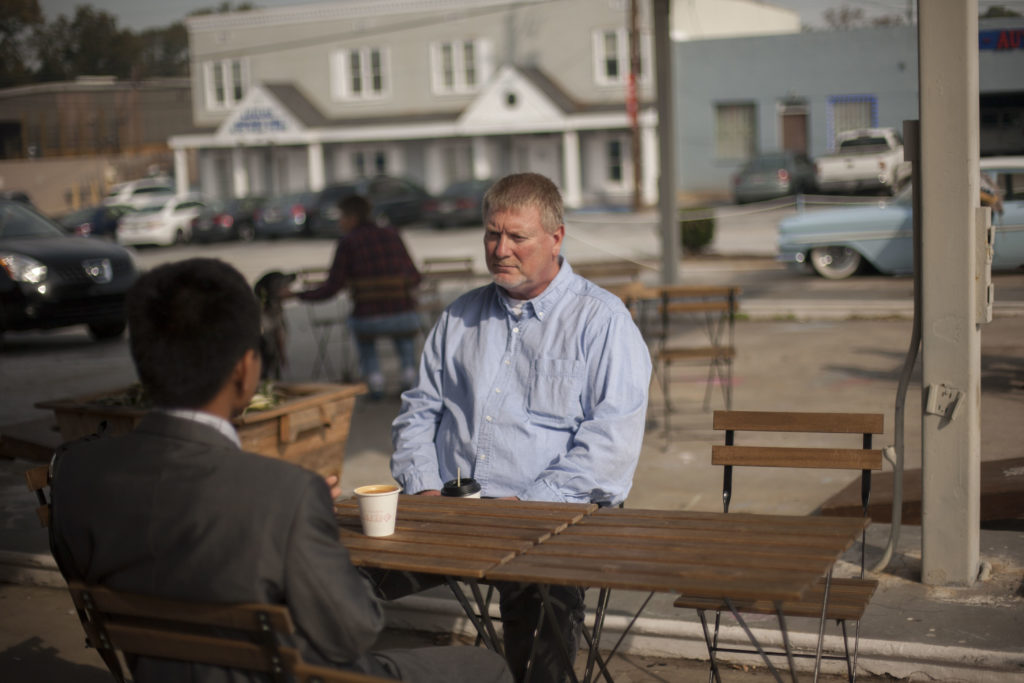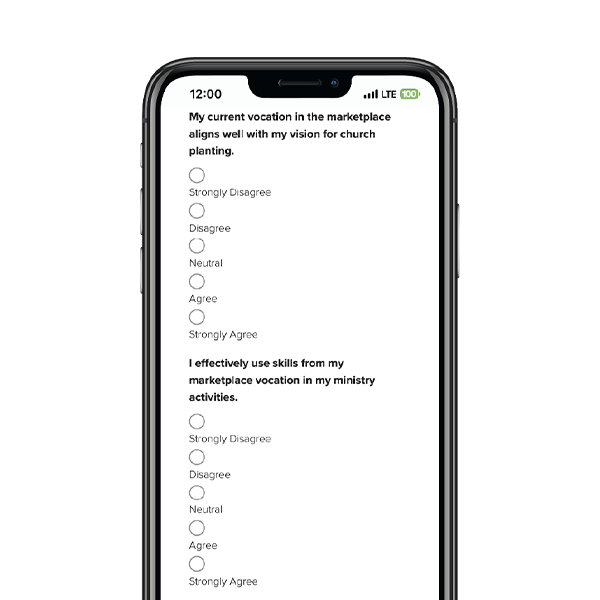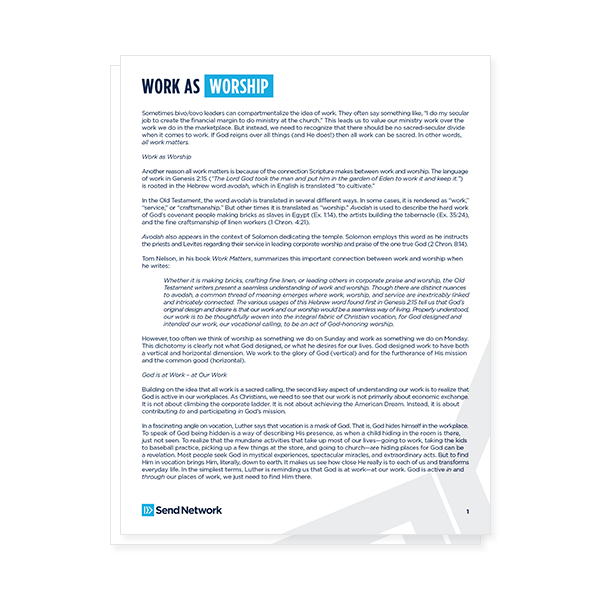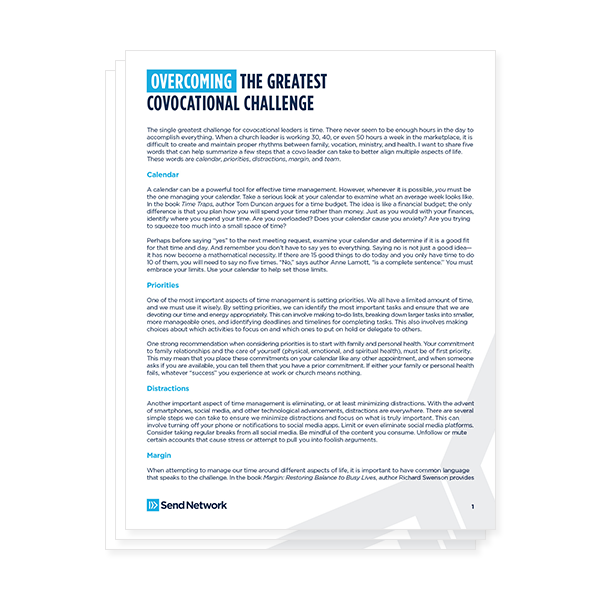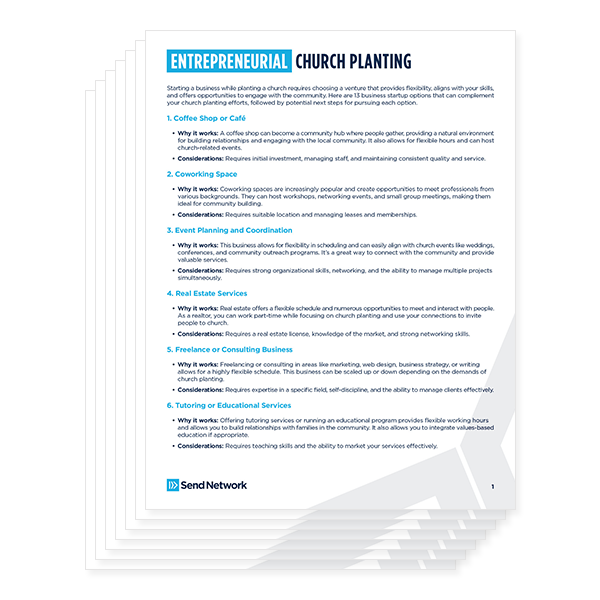The first responsibility of a leader is to define reality. ~ Max De Pree
In the book The Practice of Adaptive Leadership, author Ronald Heifetz addresses two different types of organizational leadership. He refers to these leadership types as operational leadership and adaptiveleadership. Heifetz notes:
“Operational leadership works best when the problems faced can be dealt with by drawing upon a pre-existing repertoire …. A solution is devised from above and rolled out through the ranks. If an organization is in crisis; if downsizing, restructuring, or reducing costs is called for; if sharpened execution is the key to success, then operational leadership is probably the best bet.” [i]
In many contexts, it could be argued that operational leadership describes the prevalent approach to church leadership today, with its emphasis on church growth, strong visionary leadership, and pastoral care, alongside its strong emphasis on strategy, management, maintenance, and programs.
However, we maintained in an earlier post that while the Christendom model worked in a context where everyone was considered Christian and church attendance was practically required. It doesn’t work in situations that require a missional-incarnational approach. This is not to say that the more mechanical, operational form of leadership does not have its place.
But we must recognize that the tools and methods generally associated with operational leadership work well only when the solution is known in advance and an established collection of choices exists to implement it. They are not appropriate for situations of unpredictability, which require innovative thinking and adaptive forms of leadership.[ii]
What Western Christianity desperately needs at the moment is adaptive leadership: people who can help the church transition to a different, nimbler mode of church. Such leaders don’t necessarily have to be highly creative innovators themselves, but they must be people who can move the church into adaptive modes — people who can create the conditions for change and innovation.[iii]
Adaptive challenges include the kind of work more typical to church planting. Things like creating, growing, and reproducing healthy communities, the work of racial reconciliation in a given neighborhood, and leadership development of younger Christians are all adaptive challenges. These types of challenges are rarely accomplished with a linear, step-by-step approach. Though they might include some technical components within them, the larger adaptive challenge is only solved through a process undertaken by a group of people with various roles.
This adaptive mode of leadership will involve, at least in part, three things:
1. Correctly assessing reality
As noted in the quote by Max De Pree at the beginning of this post, the leader effectively defines reality for those he or she leads. The leader, for good or for ill, is the guardian of the organizational paradigm. The leader is the key to the organization’s future. Leaders in this situation have basically two roles to play: They are the keys that either open the doors or lock them up tight. They are either bottlenecks or bottle openers. They are either good or blind guides.[iv] Leaders therefore must understand the current reality of the church once again living in a missionary context and how to best crack open the missional imagination of its people to engage God’s mission more fully.
2. Creating culture
We cannot overemphasize the significance of an organization’s culture. Culture is like personality. In a person, personality is made up of the values, beliefs, underlying assumptions, interests, experiences, and habits that motivate a person’s behavior. Culture creates the environment where those behaviors are legitimized, and meaning and significance are transferred. Culture is like an invisible force field that influences everything we do. We are often blind to the forces of culture around us, but they directly affect our every thought and action.
Leadership guru Peter Drucker once said that culture eats strategy for breakfast, lunch, and dinner. In other words, regardless of how strategic our plans might be, if those plans run counter to an organization’s culture, or personality, the culture will win every time.
An adaptive leader needs to be mindful of the aspects within the community that create the right culture, including things such as language, behaviors, scorecards, symbols, and stories. Each of these items will help create a congregational environment where God is the center of conversation and God shapes the focus and work of the people.
3) Activating all the people of God
Adaptive leaders need to activate all the people of God to engage in God’s mission. We need to give people the language and license to get into the game. No one sits on the bench. Everyone gets to play. However, there is a general view of leadership that in many ways has kept the majority of the church from fully realizing its calling. We are referring to what is considered the clergy-laity divide.
The word laity comes from a Greek word (laos) that means “people.” Today we often use the related term “layperson” in distinction from the word “professional.” A layperson is someone in a particular discipline who is seen as an “amateur” — someone who dabbles in a certain area but doesn’t operate with a high level of skill or expertise. The professional, on the other hand, is the expert. He is the one “in the know.” She has the expertise to operate at a high level. While there may be a place for this division in the business world or the area of sports, there is no biblical basis for such a distinction in the church.
Ministry is not set aside for some professional class within the church, but instead all the people of God are called and commissioned. However, this does not mean we don’t have leaders. Any significant movement that makes an impact has definite leadership. We simply shouldn’t confuse leadership with ministry.
Therefore, in missionary churches, the effectiveness of the leaders is not measured by what they do or do not accomplish, but by how the people of God are equipped, enabled, organized, and inspired to participate in God’s mission in the world.
Action / Reflection
- Brainstorm and list ways you can begin to shape a missionary culture within your church. Consider aspects like language, behaviors, rhythms, scorecards, symbols and stories.
- How would you describe your current approach to leadership? Is it more operational or adaptive?
[i] Ronald Heifetz, quoted by Richard Pascale, Mark Milleman and Linda Gioja in Surfing the Edge of Chaos(Random House, 2001), 39.
[ii] Alan Hirsch. The Forgotten Ways: Reactivating Apostolic Movements [Kindle Edition] (Baker Publishing Group), Kindle Location 5210-5216.
[iii] Ibid.
[iv] Ibid.
Published May 1, 2018
